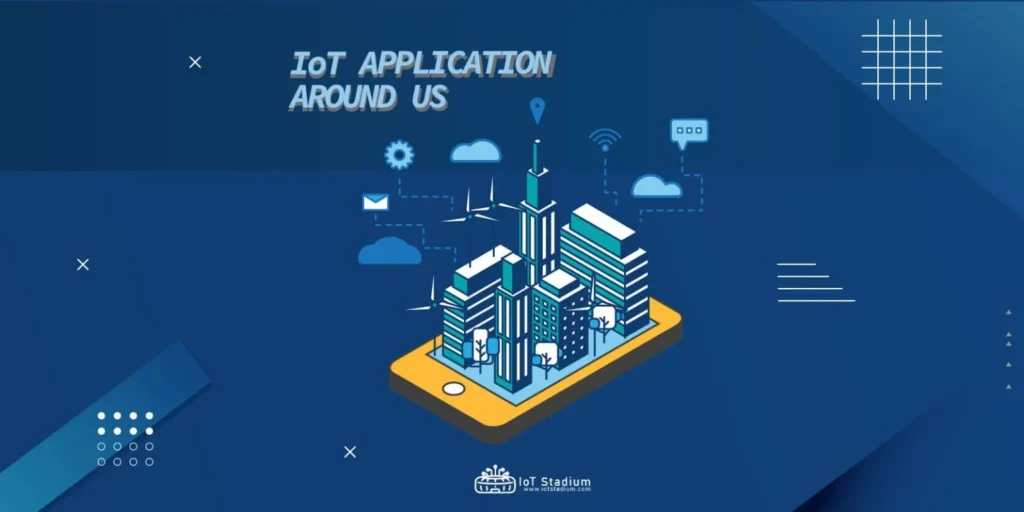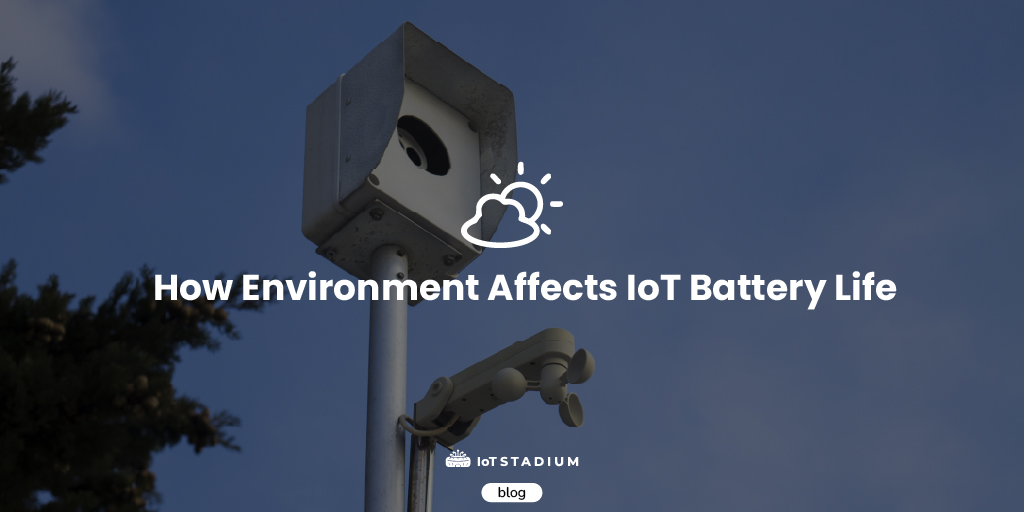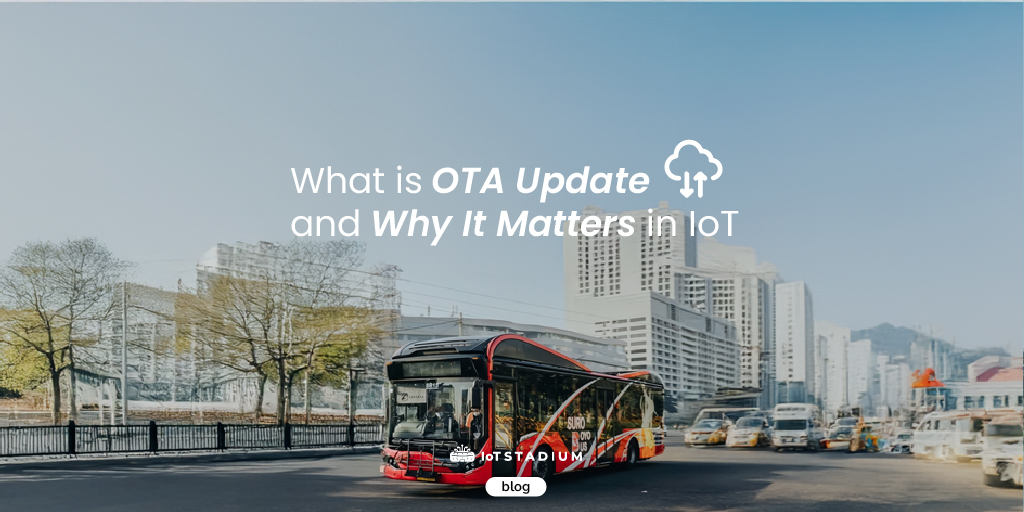The Internet of Things, also known as IoT, refers to the connection of physical objects to the Internet for remote control or monitoring IoT has revolutionized the way we interact with our environment by allowing us to automate tasks and collect data in real-time.
IoT technology has been rapidly evolving in recent years. According to IoT Analytics, there will be 27 billion connected devices worldwide by 2025! This expansion demonstrates how widely people and industries are embracing IoT technology.
With all of these connected devices, we're generating loads of data. This data can help revolutionize a ton of industries and create new opportunities for growth and innovation. From smart homes and cities to smart factories, there are so many diverse and far-reaching use cases for IoT. So, get ready for IoT to have a huge impact on our daily lives!
1. Smart Home
- Smart Lights
Simply connect all of your lights to a single system and use LDR sensors or automation programs to create a smart lighting solution. With this setup, you can set the lights turn on or off based on the ambient light level or based on a preset schedule. It's a convenient way to save energy and simplify the daily routine without having to control your lights manually.
- Water Monitoring
Water monitoring uses tools like leak sensors and level monitoring devices. Leak sensors detect issues near pipes and faucets and prevent major damage, while level monitoring tracks levels in tanks and prevents overflows or shortages. These technologies can reduce water usage, save money, and benefit the environment.
- Power Consumption Monitoring
Water monitoring uses tools like leak sensors and level monitoring devices. Leak sensors detect issues near pipes and faucets and prevent major damage, while level monitoring tracks levels in tanks and prevents overflows or shortages. These technologies can reduce water usage, save money, and benefit the environment.
- Remote Temperature Control
Connecting temperature and humidity sensors to your HVAC system is a wise decision. You can control the temperature remotely and make sure your home is comfortable when you return, without wasting energy. Additionally, regulating temperature and humidity levels can protect electronic components from damage caused by extreme fluctuations.
2. Smart City
- Air Quality Monitoring
Monitoring air quality involves measuring the concentrations of different pollutants in the atmosphere. This usually done with the help of specialized equipment that measures particle concentrations, air temperature, and relative humidity levels. The measurement data then used to help in city planning and development projects with the goal of lowering emissions and promoting green spaces.
- Public Transportation Monitoring
To improve public transportation, tracking variables such as engine status, location, and traffic volume provides details on fuel consumption, engine workload, and optimal routes. These systems help to provide the highest quality services, plan optimal route and counting the number of vehicles on the road at a certain time.
- Smart Surveillance
CCTV records can effectively monitor public places, including government buildings, for security. An alarm system linked to public service offices can ensure quick response to suspicious activity. Facial recognition technology can identify threats, but privacy concerns require strict regulation to prevent misuse.
- Road and Traffic Management
The data from the CCTV can also be used to monitor the road and traffic conditions, while informing the city traffic control center to improve traffic flow and safety. Identifying accident-prone areas and taking preventative measures can prevent accidents, making roads smoother and safer for all citizens.
- Waste Management
To manage city waste implementing sensors and GPS tracking on dumpsters can optimize collection routes, improve operations, and minimize litter. The collected data can improve the recycling process, identify problem areas, and reduce costs while increasing sustainability.
3. Healthcare
- Smart Beds
By monitoring beds in hospitals for movement and wetness, and providing patients with a way to call for help or control the bed, it makes their stay more comfortable and provides important health information for better treatment. Plus, it can save money and improve patient care overall.
- Patient Monitoring
By attaching an RFID strap to each patient, their location can be monitored, particularly for those with chronic diseases or requiring special care. Monitor the patient wellness and fitness also can be done by connecting the possible medical devices with the internet, so the medical staff and the patient’s family able to monitor from anywhere.
- Staff Monitoring
Using tablets or smartphones in hospitals enable quick access to information, collaboration, and real-time data, leading to informed decisions and better patient outcomes. Tracking staff locations optimizes workflow, allocates staff efficiently, saves costs, and improves resource utilization.
4. Utilities and Energy
- Water Monitoring
Water quality monitoring has several parameters: temperature, pH, dissolved oxygen, turbidity, Total Suspended Solids (TSS), and Chemical Oxygen Demand (COD). These measurements are essential to ensure the safety of water for human consumption and maintain the health of aquatic ecosystems. Regular monitoring of these parameters can help detect changes in water quality and identify sources of pollution.
- Tank Monitoring
Tanks are used in many industries to store liquids. Monitoring liquid levels and pressure is crucial to avoid safety hazards and operational disruptions. Tank monitoring is done using various sensors that transmit data to an IoT platform, ensuring that tanks are filled to the correct level and pressure.
- Solar/Wind Monitoring
Monitoring wind or solar power plants is important for identifying any damage or reduction in power efficiency. By detecting issues early on, maintenance can be scheduled before a major breakdown occurs, which can save time and money and prevent business disruptions. Regular monitoring also provides valuable data for optimizing plant performance and increasing overall efficiency.
5. Manufacturing Industry
- Energy Monitoring
To optimize plant efficiency, it's important to monitor their electricity usage. This can help identify areas where energy-saving measures could be implemented to reduce overall energy consumption and costs. By detecting power-hungry plants, potential areas for improvement can be identified.
- Predictive Maintenance
Monitoring the condition of the manufacture equipment can help on predict the maintenance before costly repair or replacement take place. Increasing the efficiency of the equipment also can be done.
- Staff Monitoring
Take a look on how the Ford Valencia Assembly Plant is implementing sensors for their workers to aid in the promotion of good posture. Based on the data, they planned to create a less physically demanding workstation to improve manufacturing quality.
- Remote Production Control
You can control production remotely by connecting all the electronic devices to a remote control on an IoT platform. To keep the workplace safe, you can monitor workers and production machinery centrally. This approach can increase productivity while reducing the likelihood of workplace accidents. With remote management, you have more flexibility and can save time and resources because you don't need on-site supervision.
Conclusion
Overall, all the monitoring function can be obtained by connecting your device to some microcontroller that able to send data into an IoT platform, using any kind of IoT communication protocol. A dashboard menu with several widgets can help in monitoring. Also, an automation menu might improve the safety and lower the downtime.
Visit our blog to get more information about technology. Alternatively, visit our knowledge base page for tutorials on how to use the features in IoT Stadium.




